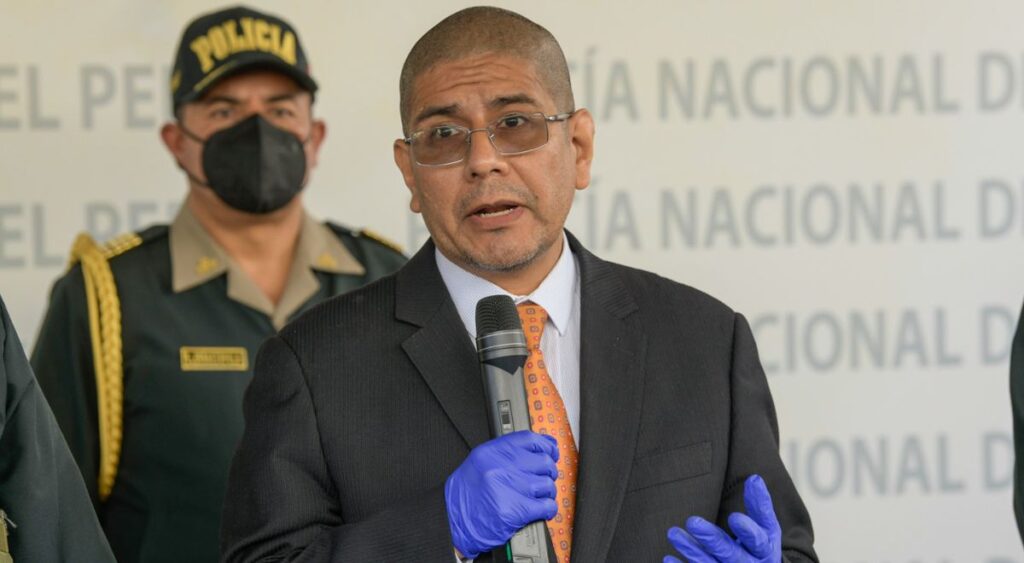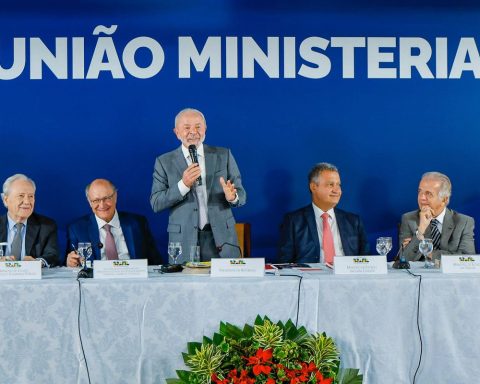Either we start to change our habits or reality will do it for us when it’s too late. We fill our mouths saying that Paraguay is the country that produces the most clean electricity per inhabitant in the world. And how is this typical data from the Guiness guide benefiting us? Let’s see.
The Paraguayan energy matrix, seen from the perspective of final consumption, not only from production, is made up as follows: 16% electricity, 41% petroleum derivatives and 43% biomass, that is, coal and firewood. We have two of the largest hydroelectric plants in the world, but almost half of the country’s population burns wood for cooking.
We wholesale electricity to Brazil and Argentina but so far we have been unable to transform public passenger transport by migrating from diesel to electricity. We have not even done it in a symbolic way, for example, buying an autonomous battery-powered train to make the Encarnación-Posadas route, two cities bordering the second hydroelectric plant in the country, Yacyretá. No, we prefer to buy an obsolete tandem with a diesel engine.
Natural gas is considered a bridge between heavy oil derivatives -diesel, naphtha, fuel oil- and renewable energies from wind and photovoltaic sources. There are proven reserves in the northwest of the Chaco, bordering deposits that Bolivia has exploited for decades. However, we have not known or wanted to use this natural gas massively. By the time we decide, it is possible that the world will no longer use it and we will be facing new, more efficient, cleaner and cheaper forms of electromotricity.
According to the World Bank, in 2021 60% of the world’s population continued to cook their food with firewood and charcoal. In Paraguay, as has been said, that percentage is 43%. Going from biomass to gas or electricity is a complex process that not only contains the economic factor but also the cultural one.
Even with an electrical connection, many Paraguayan households, especially in rural and urban-rural areas, continue to prefer a wood-burning stove or a charcoal brazier. Perhaps if the electricity rate were lowered to levels more adjusted to the economic reality of the middle and lower strata of the population, this change could be accelerated. But today, the political leadership is focused on something else, not on updating an energy policy that benefits the population.


















